In the grand tapestry of Earth’s ecosystems, it’s often the smallest beings that wield the most significant influence. From microscopic bacteria to tiny insects, these diminutive organisms form the foundation of life as we know it, maintaining equilibrium in ways that are both profound and easily overlooked. While their individual actions may seem insignificant, their collective impact shapes our atmosphere, soil, water systems, and even affects climate patterns. These tiny architects of balance work tirelessly—decomposing waste, pollinating plants, filtering water, and cycling nutrients through complex biological pathways. This intricate dance of small creatures ensures the sustainability of ecosystems worldwide and, ultimately, the habitability of our planet. Let’s explore the remarkable ways these miniature marvels maintain Earth’s delicate balance, often invisible to the naked eye but essential to all life.
The Microbial Foundation: Bacteria and Archaea

At the most fundamental level of Earth’s biological hierarchy lie bacteria and archaea—single-celled microorganisms that have existed for nearly 4 billion years. These microscopic entities constitute the largest biomass on our planet, with an estimated 5 nonillion (5×10^30) bacteria inhabiting Earth. In just one gram of soil, scientists have identified up to 10 billion bacterial cells representing thousands of species. These microbes drive crucial biogeochemical cycles, including carbon, nitrogen, and sulfur, effectively acting as the planet’s recycling system.
Nitrogen-fixing bacteria, particularly those living in symbiotic relationships with plant roots, convert atmospheric nitrogen into forms that plants can use. Without this process, terrestrial ecosystems would collapse, as nitrogen is essential for protein synthesis in all living organisms. Meanwhile, methanogenic archaea in wetlands, rice paddies, and animal digestive tracts produce methane, playing a significant role in carbon cycling. The balanced activities of these microorganisms prevent the accumulation of organic matter while ensuring essential elements remain available to support new life.
Soil Architects: Earthworms and Nematodes
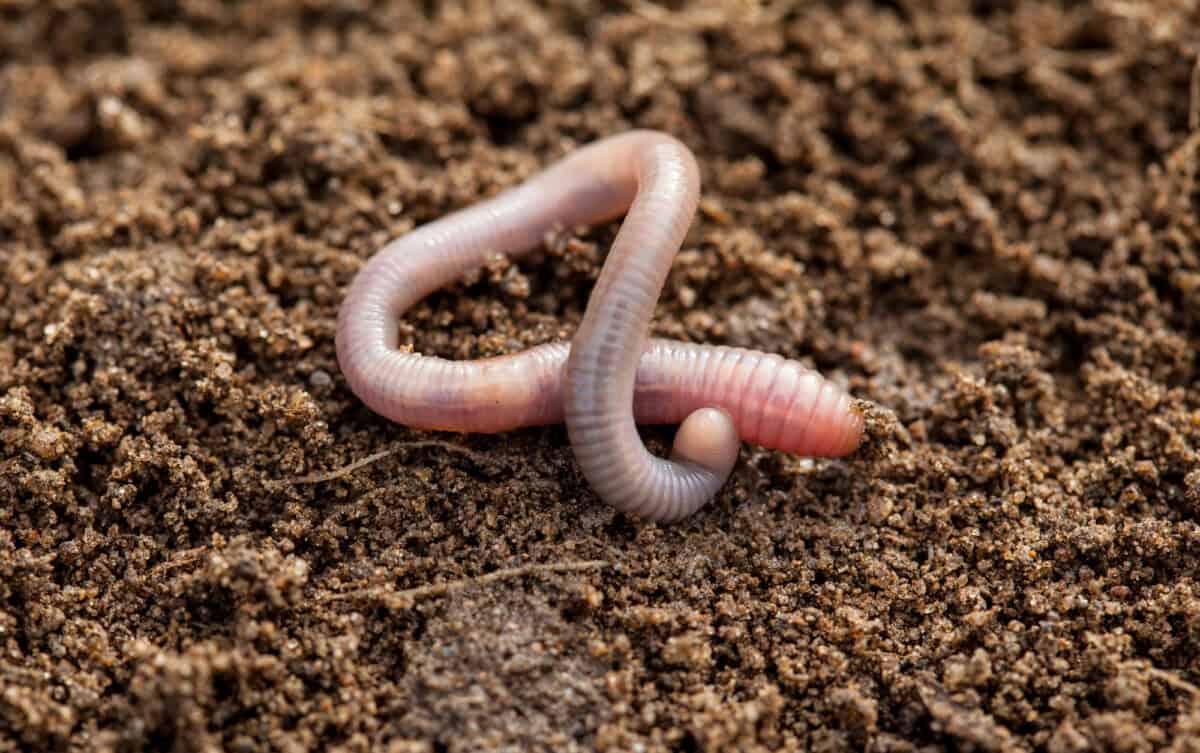
Beneath our feet, an army of soil engineers transforms the earth into a living, breathing ecosystem. Earthworms, though small compared to many animals, create intricate tunnel networks that aerate soil, improve water infiltration, and reduce erosion. Charles Darwin was among the first scientists to recognize their ecological significance, noting that they process up to 36 tons of soil per acre annually. As they digest organic matter, earthworms enrich soil with castings (worm excrement) that contain 5 times more nitrogen, 7 times more phosphorus, and 11 times more potassium than the surrounding soil.
Even smaller but no less important are nematodes—microscopic roundworms that number around 1 million per square meter in healthy soils. These tiny creatures regulate bacterial and fungal populations, release nutrients trapped in organic matter, and serve as food for larger soil organisms. Together with other soil fauna, they create a living infrastructure that supports plant growth, carbon sequestration, and water filtration. Without these subterranean engineers, terrestrial ecosystems would quickly deteriorate, affecting everything from agricultural productivity to forest health.
Nature’s Pollinators: Bees and Other Insects
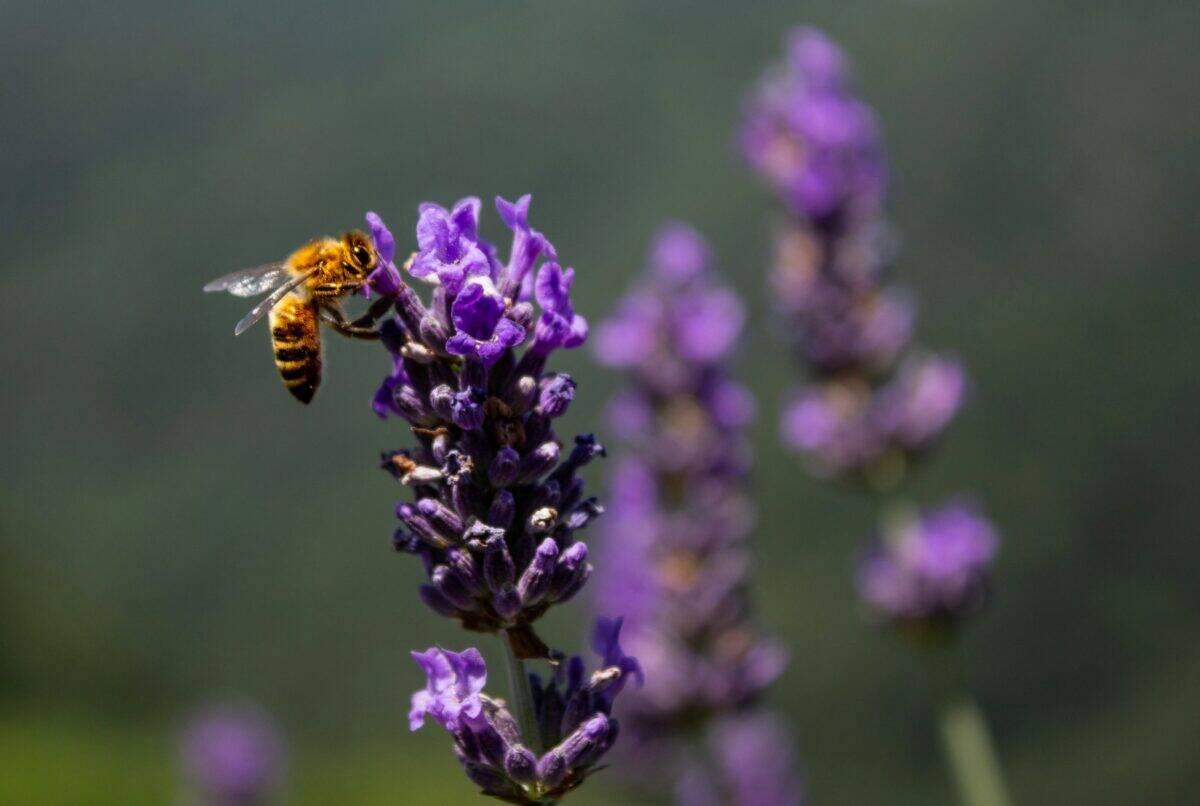
The relationship between flowering plants and their pollinators represents one of nature’s most crucial partnerships. Bees, especially, have earned their reputation as ecological keystones—with approximately 20,000 species worldwide, they pollinate approximately 75% of the fruits, nuts, and vegetables grown globally. A single honeybee colony can pollinate 300 million flowers daily, while a bumblebee can visit up to 6,000 flowers in a day. The economic value of insect pollination services is estimated at $235-577 billion annually, highlighting their irreplaceable contribution to agriculture and food security.
Beyond bees, countless other small creatures participate in pollination networks. Butterflies, moths, flies, beetles, and even some birds and bats transfer pollen between plants, enabling reproduction and genetic diversity in plant populations. These pollination services maintain wild plant communities that provide habitat, prevent erosion, and support countless other species. As climate change and habitat loss threaten pollinator populations worldwide, the delicate balance they help maintain faces unprecedented challenges.
Aquatic Filterers: Zooplankton and Mollusks
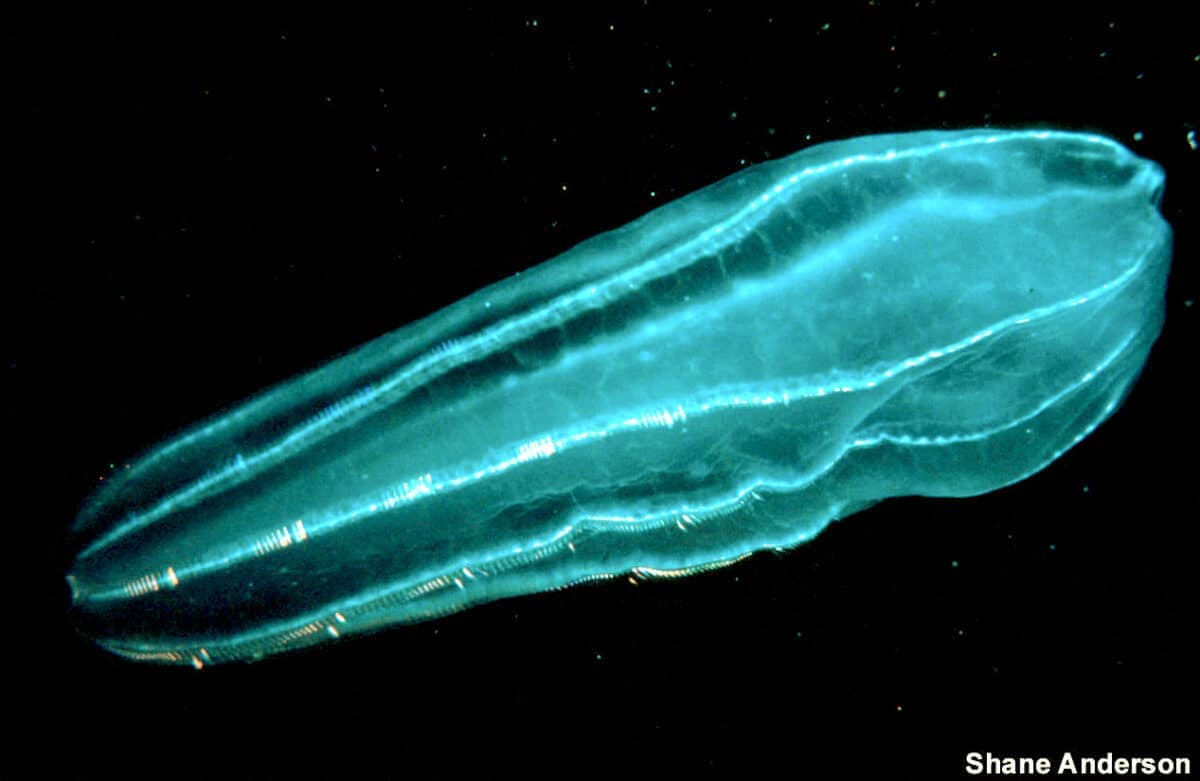
In aquatic ecosystems, tiny organisms perform essential filtration services that maintain water quality and clarity. Zooplankton—microscopic animals that drift through water bodies—consume algae and bacteria, effectively controlling their populations. Daphnia (water fleas), among the most common freshwater zooplankton, can filter up to 4 milliliters of water per hour despite measuring just 0.2-5 millimeters in length. When multiplied across billions of individuals, this filtration capacity significantly impacts water clarity and nutrient cycling in lakes and ponds.
Bivalve mollusks like mussels and clams serve as nature’s water purifiers in both freshwater and marine environments. A single adult oyster can filter up to 50 gallons (189 liters) of water daily, removing nitrogen compounds, phytoplankton, sediments, and even some pollutants. Before their populations declined due to overharvesting and habitat degradation, oysters in the Chesapeake Bay could filter the entire volume of the bay in just three days—a process that would now take nearly a year with reduced oyster numbers. These tiny filterers not only clarify water but also transfer nutrients from the water column to bottom sediments, supporting benthic communities and preventing harmful algal blooms.
Decomposition Specialists: Fungi and Detritivores
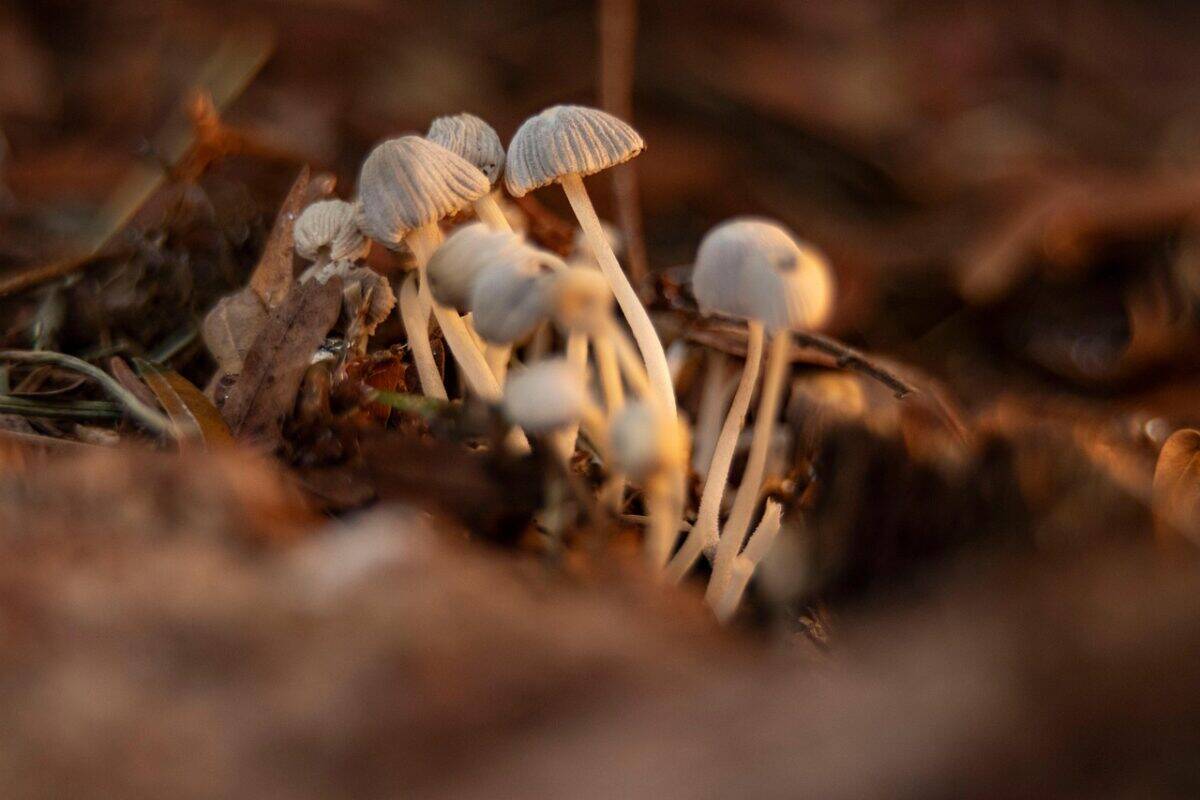
Without decomposers, dead organic matter would accumulate indefinitely, locking away essential nutrients and eventually halting new growth. Fungi, though not always microscopic, operate at scales invisible to the naked eye through networks of thread-like hyphae that infiltrate organic materials. These fungal networks can extend over vast areas—the largest known organism on Earth is actually a honey fungus (Armillaria ostoyae) in Oregon that spans 2.4 miles (3.8 kilometers) across. Collectively, fungi break down complex organic compounds that few other organisms can process, including lignin in wood and cellulose in plant matter.
Working alongside fungi are countless detritivores—animals that consume dead organic matter. Springtails, millipedes, mites, and various insects fragment larger materials into smaller pieces, increasing surface area for microbial decomposition. In temperate forests, these organisms process leaf litter at rates of 200-500 grams per square meter annually. Their activities accelerate nutrient cycling, prevent the buildup of organic debris, and contribute to soil formation. Without these humble recyclers, nutrients would remain locked in dead tissue, unavailable to support new life and growth.
Coral Reef Builders: Polyps and Zooxanthellae

Coral reefs—among the most biodiverse ecosystems on Earth—are built by tiny colonial animals called polyps, typically measuring just 1-3 millimeters in diameter. These seemingly insignificant creatures construct massive calcium carbonate structures that provide habitat for approximately 25% of all marine species while occupying less than 1% of the ocean floor. Individual polyps secrete calcium carbonate skeletons that accumulate over thousands of years, forming reef structures that can span hundreds of kilometers. The Great Barrier Reef, visible from space, represents the collective work of billions of tiny coral polyps over approximately 500,000 years.
The remarkable productivity of coral reefs depends on an even smaller partnership—the symbiotic relationship between coral polyps and zooxanthellae, microscopic algae that live within coral tissues. These algae photosynthesize, providing up to 90% of the coral’s energy needs while receiving shelter and nutrients from their hosts. This mutualistic relationship enables corals to thrive in nutrient-poor tropical waters, supporting food webs that include thousands of fish species and countless invertebrates. As climate change warms oceans and increases acidification, this delicate symbiosis faces growing threats, endangering entire reef ecosystems and the planetary balance they help maintain.
Biological Control Agents: Predatory Insects and Mites
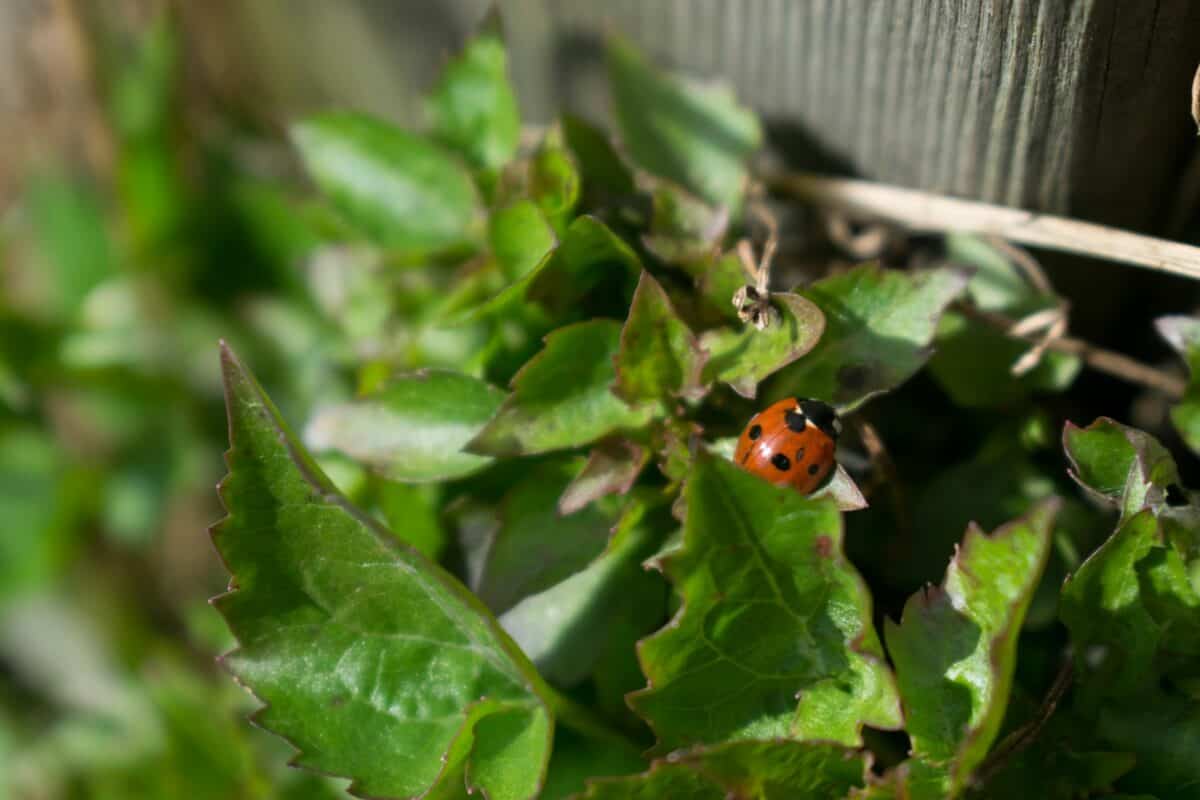
In natural ecosystems and agricultural settings alike, tiny predators regulate herbivore populations, preventing destructive outbreaks and maintaining plant health. Ladybugs (lady beetles) exemplify this ecological role—a single adult can consume up to 5,000 aphids during its lifetime, while its larvae may eat 400-500 aphids before pupating. With approximately 5,000 ladybug species worldwide, these small beetles provide invaluable pest control services across diverse habitats. Their impact is so significant that agricultural economists estimate their natural pest control value at billions of dollars annually in avoided crop damage and reduced pesticide use.
Equally important but less visible are predatory mites, parasitoid wasps, and entomopathogenic nematodes that target specific pest species. Parasitoid wasps, some measuring less than a millimeter in length, lay eggs inside or on host insects; the developing larvae consume the host from within, eventually killing it. These specialized interactions help regulate insect populations with remarkable precision, maintaining balances that have evolved over millions of years. By preventing herbivore outbreaks, these tiny predators protect plant communities that serve as the foundation for terrestrial food webs and ecosystem function.
Microscopic Marine Producers: Phytoplankton

The basis of marine food webs and global oxygen production lies with phytoplankton—microscopic photosynthetic organisms including diatoms, dinoflagellates, and cyanobacteria. Though individually tiny, measuring between 0.2 and 200 micrometers, their collective impact is planetary in scale. Phytoplankton generate approximately 50% of Earth’s oxygen through photosynthesis, producing an estimated 50-85 billion tons of oxygen annually. In addition to this life-sustaining gas, they remove vast quantities of carbon dioxide from the atmosphere, with some carbon eventually sinking to the ocean floor in a process known as the biological carbon pump.
These microscopic producers support virtually all marine life through trophic cascades that begin with zooplankton grazing and extend to the largest whales and sharks. Seasonal phytoplankton blooms can be so massive that they appear from space, covering thousands of square kilometers of ocean surface. The distribution and abundance of these tiny organisms influence everything from fisheries productivity to cloud formation, as dimethyl sulfide released by certain phytoplankton species acts as cloud condensation nuclei. Through these diverse mechanisms, phytoplankton help regulate both marine ecosystems and global climate patterns.
Symbiotic Partners: Microbes in Animal Digestive Systems

From termites to humans, countless animals depend on gut microbiomes—communities of bacteria, archaea, fungi, and protozoa—to digest food and extract nutrients. Perhaps the most striking example comes from termites, whose ability to digest wood depends entirely on specialized gut microorganisms. These insects host between 3-5 million bacteria per cubic millimeter of gut fluid, representing hundreds of species that break down cellulose and lignin, compounds that the termites themselves cannot digest. This symbiotic relationship enables termites to recycle up to 30% of dead wood in tropical forests, significantly accelerating nutrient cycling.
Ruminants like cattle, sheep, and deer rely on complex gut microbiomes to ferment plant material in their specialized forestomachs. A single milliliter of rumen fluid contains approximately 10-50 billion microorganisms representing over 200 species. These microbes break down cellulose, produce volatile fatty acids that nourish the host animal, and synthesize essential amino acids and vitamins. Through these intricate partnerships, herbivores convert indigestible plant material into protein-rich tissues, supporting predator populations and completing vital nutrient cycles that maintain ecosystem balance.
Extremophiles: Life in Unlikely Places
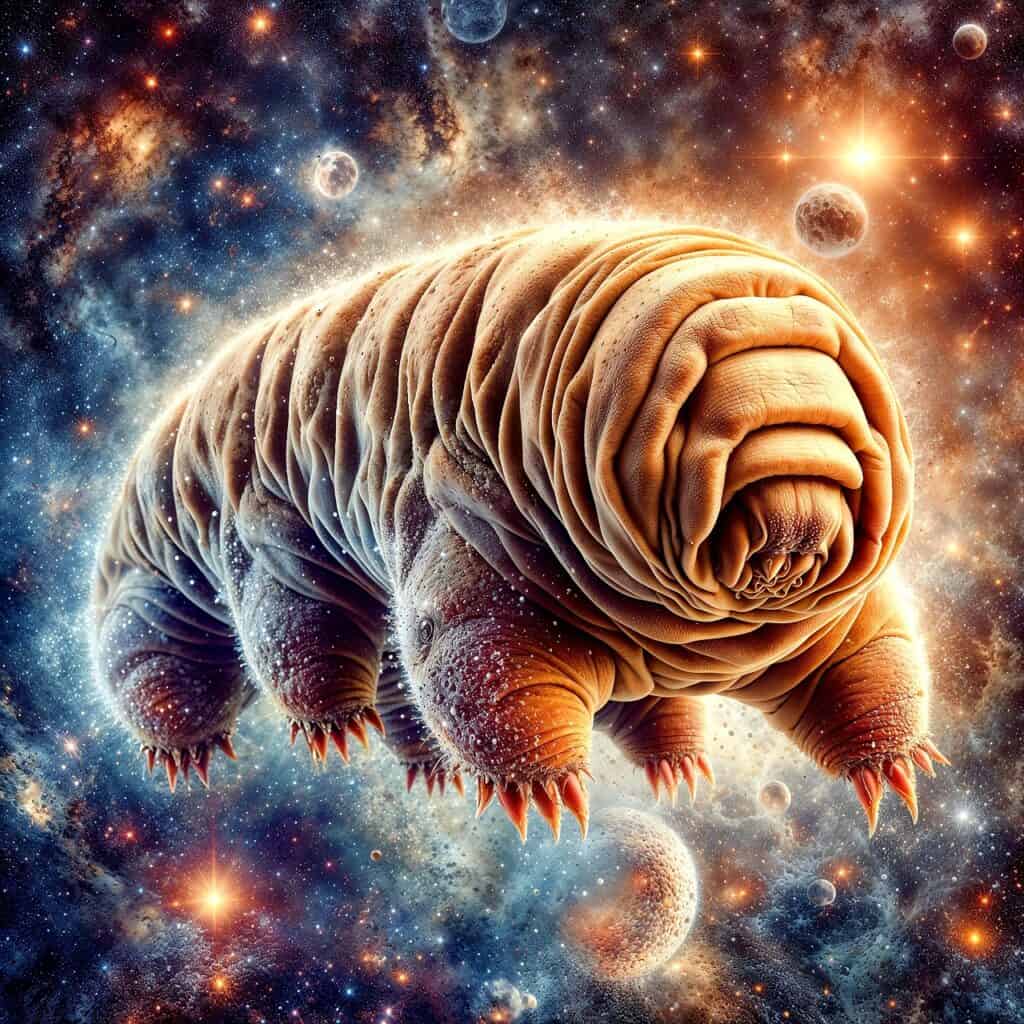
Some of Earth’s most remarkable tiny organisms thrive in environments once thought incapable of supporting life. Extremophiles—microorganisms adapted to extreme conditions—demonstrate the incredible versatility of life and play essential roles in specialized ecosystems. Thermophiles in hot springs and hydrothermal vents survive temperatures exceeding 80°C (176°F), with some species like Methanopyrus kandleri growing at temperatures up to 122°C (252°F) under high pressure. These organisms often form the base of unique food webs and contribute to geochemical processes that influence water chemistry and mineral formation.
In the coldest environments, psychrophilic bacteria and archaea remain active at temperatures below freezing, catalyzing biochemical reactions and nutrient cycling in polar regions, glaciers, and deep ocean waters. Halophiles thrive in hypersaline environments like the Dead Sea, where salt concentrations reach 34%, approximately ten times saltier than average seawater. By adapting to these extreme conditions, microorganisms extend the boundaries of life on Earth and maintain ecological processes in environments where few larger organisms can survive. Their unique biochemical pathways also represent valuable genetic resources for biotechnology and may offer insights into potential extraterrestrial life.
Invisible Influencers: Viruses in Ecological Balance
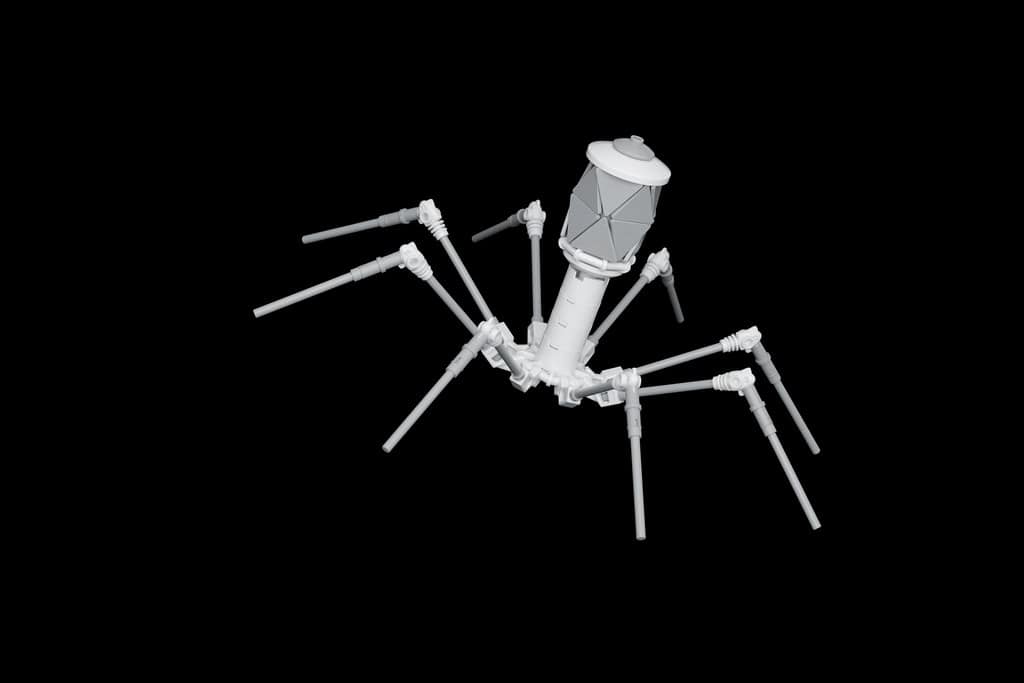
Though not universally considered alive, viruses represent the most abundant biological entities on Earth, with an estimated 10^31 virus particles globally—approximately 10 times more numerous than all bacteria combined. In oceans alone, each milliliter of seawater contains an average of 10 million virus particles. Rather than mere agents of disease, viruses function as essential regulators of microbial populations and drivers of genetic diversity. Marine viruses kill approximately 20-40% of bacteria daily, releasing carbon and nutrients that fuel primary production and preventing any single bacterial species from dominating.
Bacteriophages—viruses that infect bacteria—play crucial roles in bacterial evolution through horizontal gene transfer, moving DNA between different bacterial species. This process accelerates bacterial adaptation to changing environmental conditions and contributes to genetic diversity. Some viruses also encode genes that benefit their hosts; cyanophages (viruses that infect cyanobacteria) carry photosynthesis genes that can increase their hosts’ productivity while infected. Through these complex interactions, viruses help maintain microbial community structure and function, indirectly influencing ecosystem processes from ocean productivity to soil fertility.
Guardians of Balance: The Collective Impact of Earth’s Smallest Creatures

The planetary significance of Earth’s tiniest inhabitants extends far beyond their individual actions, creating a complex web of interactions that maintains stability across ecosystems and biogeochemical cycles. From the depths of the ocean to the highest mountain soils, from tropical rainforests to arctic tundra, microscopic life forms the foundation upon which all larger organisms depend. Without the nitrogen fixation performed by bacteria, plants would cease growing; without decomposition by fungi and detritivores, nutrients would remain locked in dead tissue; without phytoplankton photosynthesis, marine food webs would collapse while atmospheric oxygen levels declined.
These ecological services operate at scales both microscopic and global, maintaining balances that have evolved over billions of years. As human activities increasingly disrupt these delicate equilibria through habitat destruction, pollution, climate change, and introduction of invasive species, understanding and protecting Earth’s smallest creatures becomes essential for planetary health. Despite their size, these organisms demonstrate that significance is not measured in physical stature but in ecological function and relationship. By appreciating the vital roles played by these invisible majority members of Earth’s biodiversity, we gain a more complete understanding of how our planet maintains the conditions necessary for life—and how we might better protect these delicate systems for future generations.
- How Water Scarcity Could Spark Mass Migration in America - August 9, 2025
- Why Scientists Are Studying Sloth Fur for Medical Research - August 9, 2025
- New Ice Core Samples Could Rewrite Climate History - August 9, 2025

